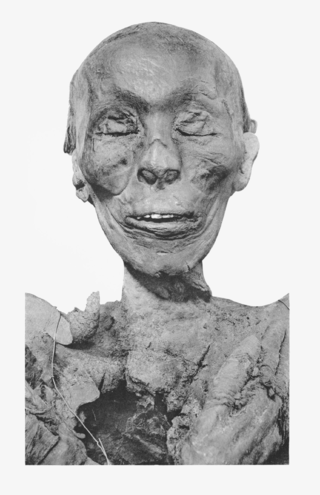Thutmose I
It would be very unlikely that Hatshepsut managed to convince the people of the time that she was a man, considering she was the eldest daughter of Thutmose I, according to the Britannica.
Hatshepsut, Britannica encyclopedia
Hatshepsut, the elder daughter of the 18th-dynasty king Thutmose I
Thutmose I, by Captmondo

Thutmose II
What would make it even more unlikely that the people of the time would have been unaware, is that she was also the wife of her step brother, Thutmose II, according to Britannica.
Hatshepsut, Britannica encyclopedia
Hatshepsut, the elder daughter of the 18th-dynasty king Thutmose I and his consort Ahmose, was married to her half brother Thutmose II
Thutmose II, by G Elliot Smith

Thutmose III
She was also the regent and step mother of Thutmose III, who was still an infant when crowned pharoah, according to Britannica. So even less likely people would not know she is a woman considering she is at this point only acting as regent for the infant pharoah, and it was not until the seventh regnal year that she became crowned pharoah, and only then was she required to wear kings regalia, including fake beard. But up until this point she had been regarded as a queen, and depicted as such.
Thutmose III, by Grafton Elliot Smith

Hatshepsut, Britannica encyclopedia
But, by the end of his seventh regnal year, she had been crowned king and adopted a full royal titulary (the royal protocol adopted by Egyptian sovereigns). Hatshepsut and Thutmose III were now corulers of Egypt, with Hatshepsut very much the dominant king. Hitherto Hatshepsut had been depicted as a typical queen, with a female body and appropriately feminine garments. But now, after a brief period of experimentation that involved combining a female body with kingly (male) regalia, her formal portraits began to show Hatshepsut with a male body, wearing the traditional regalia of kilt, crown or head-cloth, and false beard. To dismiss this as a serious attempt to pass herself off as a man is to misunderstand Egyptian artistic convention, which showed things not as they were but as they should be.
Hatshepsut, by Keith Schengili-Roberts

Damnatio memoriae
The confusion over whether or not Hatshepsut was a male or female would appear to have been caused by a Damnatio memoriae after her death.
Wikipedia, changing recognition
Toward the end of the reign of Thutmose III and into the reign of his son, an attempt was made to remove Hatshepsut from certain historical and pharaonic records — a damnatio memoriae. This elimination was carried out in the most literal way possible. Her cartouches and images were chiseled off some stone walls, leaving very obvious Hatshepsut-shaped gaps in the artwork.
Britannica encyclopedia
This is of course supported by Britannica encyclopedia. She was actually removed from the king list according to Britannica, as well as statues torn down.
Hatshepsut, Britannica encyclopedia
Thutmose III ruled Egypt alone for 33 years. At the end of his reign, an attempt was made to remove all traces of Hatshepsut’s rule. Her statues were torn down, her monuments were defaced, and her name was removed from the official king list.
Did ordinary people during Hatshepsut's reign know she was a woman? They must have as she was a queen, and before she became pharoah there appears to have been no effort to disguise that fact, and it appears to be only after her death that confusion arose due to a Damnatio memoriae.



